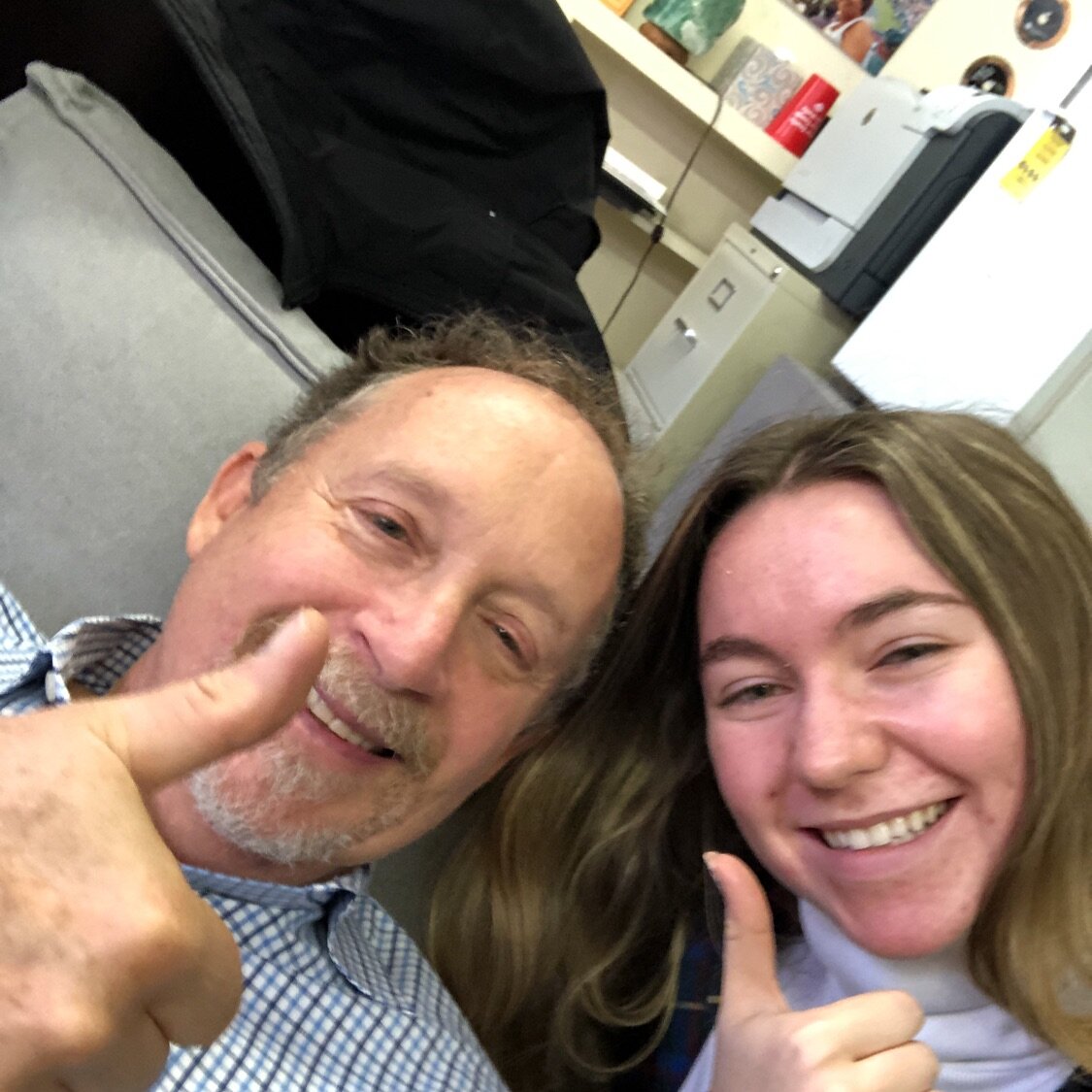Learning happens best when the content is taught in a variety of ways. I like to break up the classroom time as a much as we can, using labs, projects and activities to differentiate learning. These activities not only encourage active participation, but allow students with different learning styles to contribute fully to the class.
By introducing a variety of styles, activities and mediums, students are able to connect with the material in a way that meets them where they are - joyfully and completely. Below are a few of a the possible ways students can interact with physics.
National security challenge
Example kit for one group (in this case, Team Gamma)
The unthinkable has happened - the head of undercover agents, Operative 2133-B35, is missing, presumed captured. Only he held the identity of those under the deepest cover. In order to keep the very fabric of our national security from unraveling, four expert teams have been created to decipher his hidden clues and bring our most sensitive of information back safely.
Each group of students was given a folder, containing a set of cards and four scholarly articles on a common theme. In the case of Team Gamma, shown above, the articles outlined the history of Nuclear Weaponry, from the Manhattan Project to current issues in Nuclear Proliferation. The students began with the cards - on one side, an equation that needed to be assembled, and on the other, a library call number with a book that provided more information on their topic.
Hidden in their book is a cipher - an alpha-numeric code that could be cracked only by solving physics problems distributed around the library covering all the content of the mod. When decoded, the cipher revealed a clue about a famous figure in science - in this case, J. Robert Oppenheimer, director of the Manhattan Project. Information about his life and discovery was contained within the documents at their disposal.
That code word - OPPENHEIMER - allowed students to open a locked file with more information contained within. That file lead them to a graphic novel (November was graphic novel month) on a female superhero. Using a post-it note in that book, the agents could decode a message hidden in the article…a country of origin.
With a quick trip to an atlas for the culminating problem, students could solve and locate a book safe that contained our lost information. The code was the three digit solution of the problem.
This event took 80 minutes, and required students to apply an interdisciplinary approach while still demonstrating physics understanding. The articles not only allowed students to solve the tasks, but also gave them experience with academic reading comprehension and a background in the sociopolitical issues that surround science.
By working with the librarians, I was able to meet the goals of a cumulative review in a way that was fun, relevant, and required both critical thinking and synthesis of other knowledge. In addition, students did not have access to technology for the challenge, requiring them to employ other techniques to be successful.
sophomore goose chase
As part of my responsibilities this year, I have taken on the role of Sophomore Lead Advisor. The 10th grade class is large, and for two mods of the year, approximately half the class is off campus for co-curriculum. In order to give the students an opportunity to bond outside of a traditional class meeting, we participated in a “Goose Chase” in mod 2.
Many sophomores are new, and even the returning 10th graders still don’t have a good idea of what happens in the background on campus. Students were given, in advisory groups (we combined advisories that were small due to co-curriculum), a set of tasks to familiarize them with the staff members on campus.
This activity met our broader goals of integrating the new sophomores with their class while giving the entire sophomore class the opportunity to meet and thank those staff members with whom they have limited interaction.
other activities
poster labs
For each inquiry lab, the students are given an objective and materials. From there, they develop a lab procedure to accomplish the goal. The poster report requires students to consider the ideals of design and layout, and create a product that not only expresses the information, but does so in a way that is clear, compelling and interesting to the consumer.
This turns the idea of a traditional lab report upside down, can be completed in class, and shared via OneNote. Students can then concentrate on inquiry without the anxiety of individually writing lab reports.
Treasure vectors
Students are given a set of vectors and a starting location, and using a scale image of campus, they locate the hidden treasure somewhere on campus. All the maps started in-between the posts on the entrance to the oval, and used the vectors to locate their treasure - four locations on campus!
By using our campus as a location, students can explore the idea of vectors combined with those of orientation. The students enjoy going outside and really enjoy when their math leads them to treasure!
electric house
In the spirit of STEAM, students design and create a scale model of a small home, and then wire it using knowledge gained in the course. Knowledge of prototyping and electrical load give a real world example of the difficulties faced when building at full size. Full creativity within the parameters is encouraged, and the finished house is a source of pride, if creative decorating.








